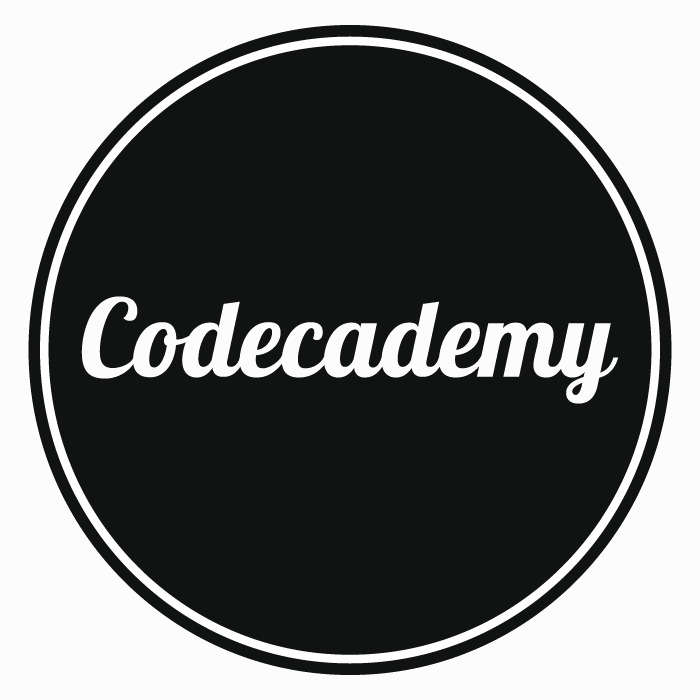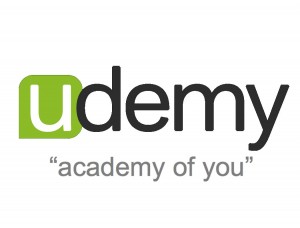How to Launch Your Creative Career: Proven Strategies for Success
Many of my readers have been reaching out for advice on how to quit their job and launch a creative career.
They want to become a creative professional or freelancer but they simply don’t know where to start.
Most of them are significantly overcomplicating the process.
When I was 19 I launched a video production company and grew it to where it became my full time income in under 6 months.
Recently, I launched a web agency and turned that into my full time income in just under 2 months. I even run this web design agency while I work remotely and travel the world.
My goal with this post is to explain how in just a few months, you can quit your job and replace your income as a creative professional.
Step 1) Learn a Skill
One of the biggest excuses I hear people make is that they don’t have a marketable skill or they got their degree in something that is not useful.
That is no excuse.
There are countless resources online and offline that can teach you a marketable skill at an affordable price.
Here is a list of just a few skills that you can learn on your own and turn into a full time income.
Graphic Design
Web Design
Videography
Animation
Event Planning
Event Promotion
Floral Design
Writing
Online Marketing
Interior Design
Photography
Audio production
Computer programming
Social Media
And the list goes on...
Once you pick a skill that interests you, figure out how to learn it.
More often than not, this can be accomplished with a quick Google search. The internet is full of educational resources that will teach you nearly any imaginable skill.
When I wanted to learn new software skills for video production & web design, I used Lynda.com.
When my girlfriend wanted to learn interior design, we found a remote learning course at the New York Institute of Art and Design.
There are other sites like Codeacademy, uDemy, Skillshare and many others where you can learn pretty much anything.
Regardless of what it is that you want to learn, there are resources out there that can teach you those new skills. You just need to find them and put the hours into learning.
Step 2) Create portfolio pieces
Once you learn a new skill, the next step is to get some portfolio pieces under your belt. Before anyone will hire you, they will want to see that you have at least some body of work.
Here are a few ways that you can create a portfolio piece.
Do a free project for a friend or local business - If you are going to offer your work for free, make sure they are going to take you seriously. There is nothing worse than offering your work for free and your friend not even giving you the attention you need
Offer to work for someone established for free. Find someone established in your field of choice and offer to work a job or two with them for free. Tell them that you simply want to learn from them and you will do whatever you can to help out. Often these opportunities will be amazing learning opportunities and they can open up huge doors as you build a relationship with that established professional
Become your own portfolio piece - Do you want to become a professional copywriter? Then start an interesting blog that attracts readers. Do you want to become a programmer? Then start coding your own projects for fun and sharing them with the world. Use yourself as a case study to show off your new skills to the world.
Practice on oDesk.com - oDesk is not just for people outside the US. There are plenty successful creatives who have gotten their start on oDesk. Damian Thompson of Linchpin is one great example.
oDesk can be a great place to get real world experience in a low pressure situation and make a bit of money while you are doing it. For anyone who’s skill is based around computers, this can be a great place to get your feet wet.
Get a testimonial - Once you get that portfolio client, you will want to ask them to write a testimonial. Keep it short, 2-3 sentences max. It is not uncommon for people to be too busy or never do this. If they don't respond, simply write one for them and ask for their approval.
Step 3) Get a paid client
This is the point where a lot of people can get stuck.
They make excuses like “I’m not good at sales” or “I don’t know how to do this”
The hard truth is that you have to get past that if you want to work as a creative professional. You have to get comfortable with the fact that part of your job is sales and marketing.
With that being said, this is not as hard as it seems.
Once you have a portfolio piece that you are proud of. You simply begin reaching out to the community.
Here are a few ways you can begin landing your first clients.
In- Person Networking: Get out in the community. Look on Meetup.com, local event spaces or your local chamber of commerce. Within nearly any city, big or small, there are networking events and meet ups that you can attend.
Networking is a skill of its own. But here are a few pointers to get you started:
Ask people lots of questions about themselves
Present yourself as a professional. Don’t tell people that you are new
Have business cards ready (I recommend AmericasPrinter.com for cheap quality cards)
Just talk to people, I know its scary at first, but just start a conversation. Networking events are rare occasions where everyone is open to talking to other people
Follow up - If you get any cards or contact information of prospective clients or worthwhile relationships, follow up with an e-mail within 24 hours offering to meet up over coffee or lunch.
Referrals: Everyone to some extent has some sort of existing network. When you finish up your portfolio piece, simply reach out to your friends, family and acquaintances letting them know the work that you are up to. Send them your portfolio pieces, ask if they know anyone who may be looking for your skill set. You will be amazed by the random connections that can lead to projects.
Cold E-mailing: This is much easier than it sounds and can be very effective.
Once you have your portfolio piece, simply e-mail it out to 30-40 similar clients who could potentially be interested in your work. Start off targeting clients that are very similar to your portfolio piece, it gives your message a frame of reference and is much more effective.
If your portfolio piece is good, it will capture their attention.
Below is a simple e-mail script you can modify to help you land your first clients.
[Contact],
Recently I came across [your website] while searching for [context]. I am a [creative professional, web designer, graphic designer, florist, etc] and recently I completed a project for [portfolio client]. I thoroughly enjoyed working on the project and wanted to reach out to other similar [companies, individuals, associations, etc].
If you would be interested in a similar [project] as [portfolio client], please let me know as I would be happy to discuss this further with you. I have also attached a case study from [portfolio piece] with a raving testimonial from the [persons title who gave the testimonial].
Thank you [name] and I look forward to hearing from you.
Sincerely,
[The greatest creative professional of all time]
Step 4) Repeat steps 1-3 and stay focused
Starting a creative career is a simple as that.
Too many creatives get distracted by their own thoughts and ideas. They dream up these grand schemes and business ideas, yet the whole time they are really using them as an excuse to put off the hard work they need to be doing right now.
The first and most important thing for you to do is to focus on getting yourself an established client base that provides a steady income.
Second, you need to keep consistently improving your skills and becoming better at your craft.
Stay focused, keep learning and once you are in complete control of your life, you can begin pursuing those dreams with your newly found free time.
Step 5) Make the jump to full time
Photo courtesy of Derek Gavey under creative commons
At this point you are probably wondering when you get to quit your job, when it will be safe to make the jump into life as a creative professional.
Well I am here to tell you that there is no perfect time. No one is going to give you permission, and it isn’t going to be easy.
Life working for yourself isn’t all fun and games. You are going to have months where work doesn’t come in the door, you are going to have projects fall through on you.
You need to be prepared for uncertainty. It is part of the life of entrepreneurship and freelancing.
While this may sound horrible, consider this.
While you take on risks with working for yourself, you are also in complete control of your life.
You control your time, your schedule, the amount of money you make and what kind of work you actually do.
You are in control of your life, not your boss.
Just do it
Working for yourself is a truly gratifying feeling. It is a freedom that is unexplainable at times to those who have held jobs their whole life.
It is a freedom that is attainable for anyone, regardless of their situation.
You just have to be willing to do the learn, do the work, and commit to making your dreams a reality.
What creative pursuit have you always wanted to pursue?
Now what is holding you back? Answer in the comments below





